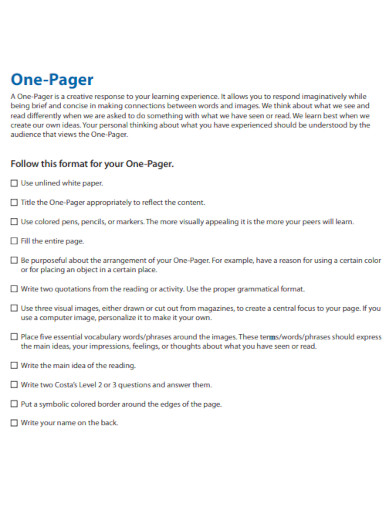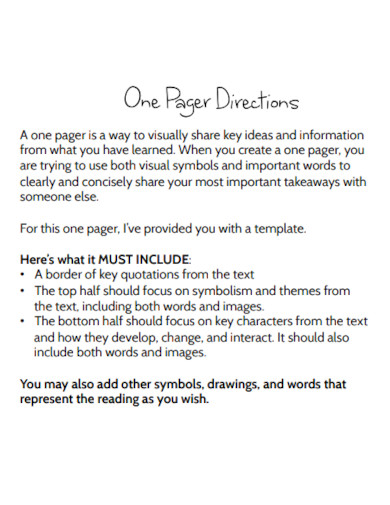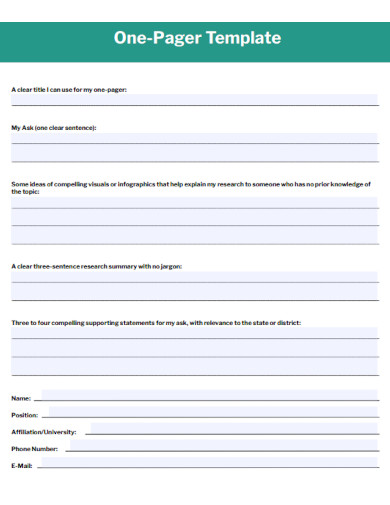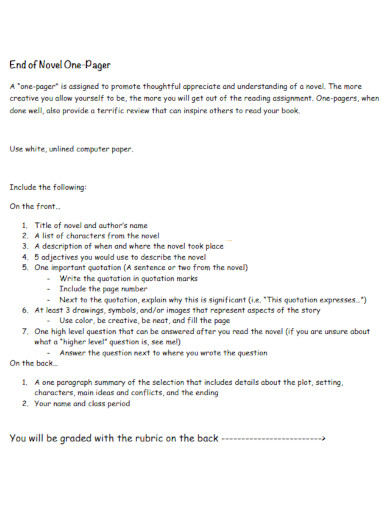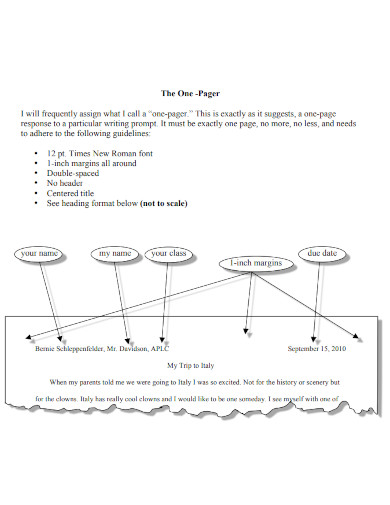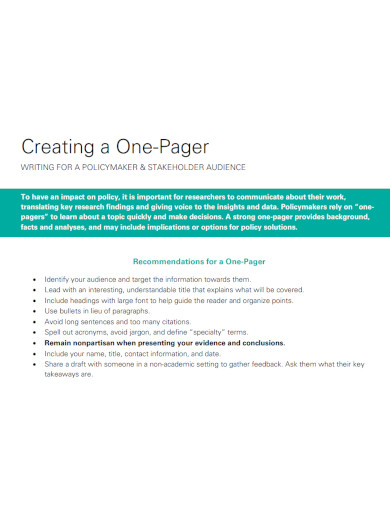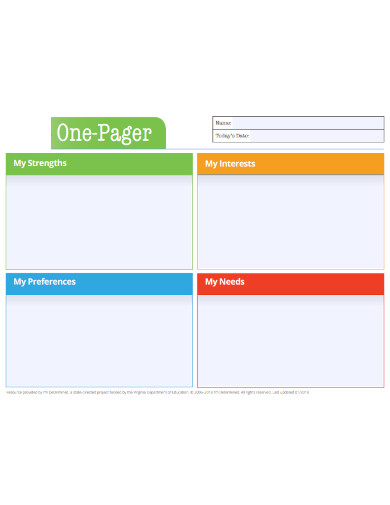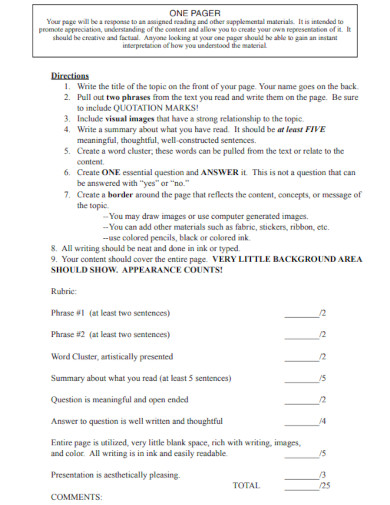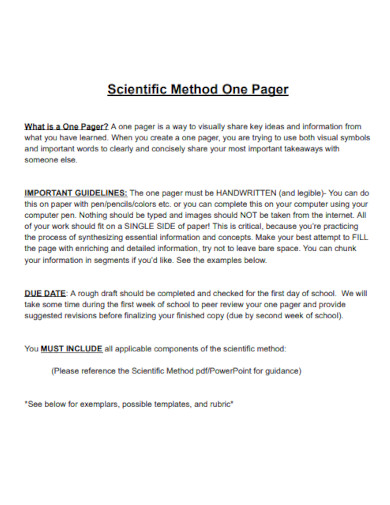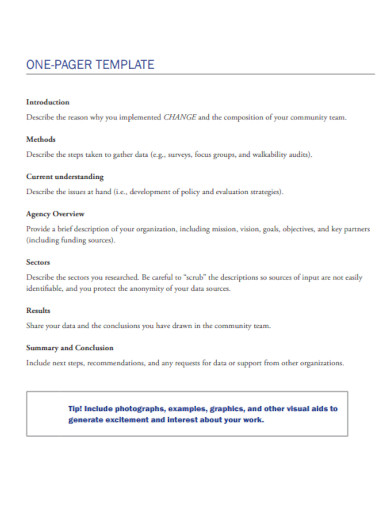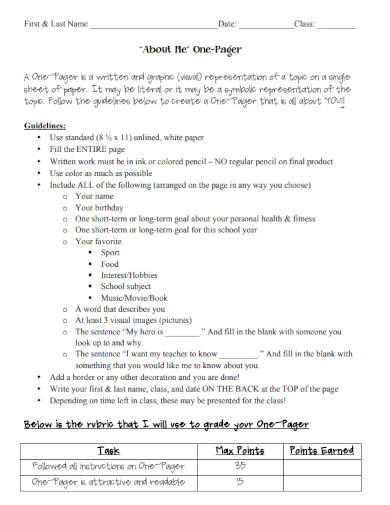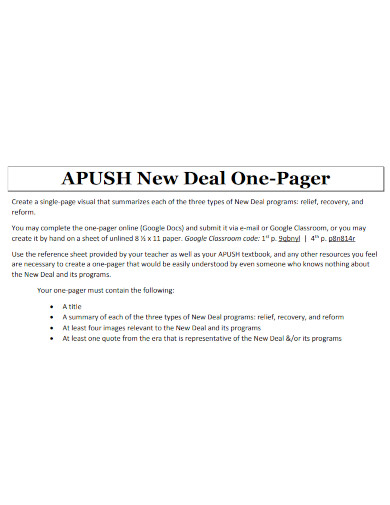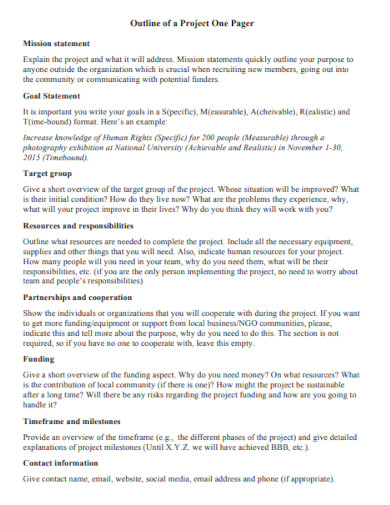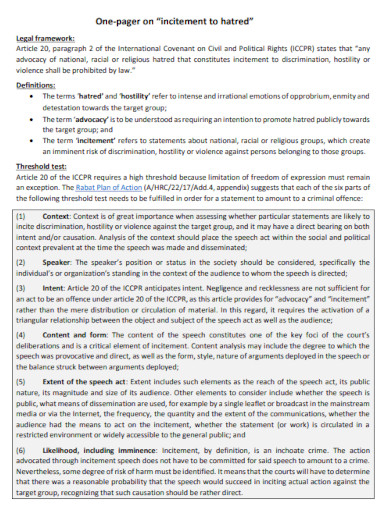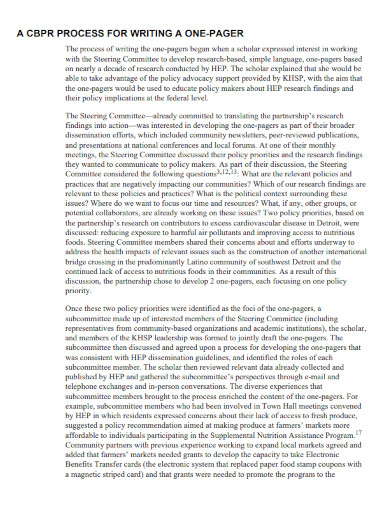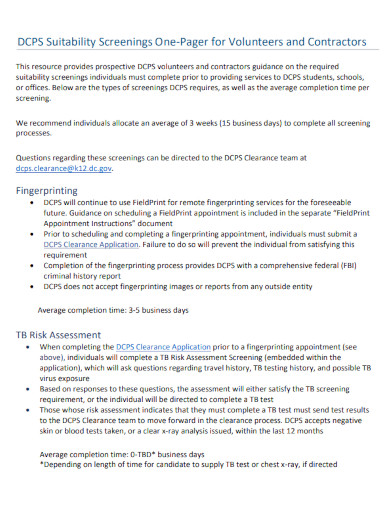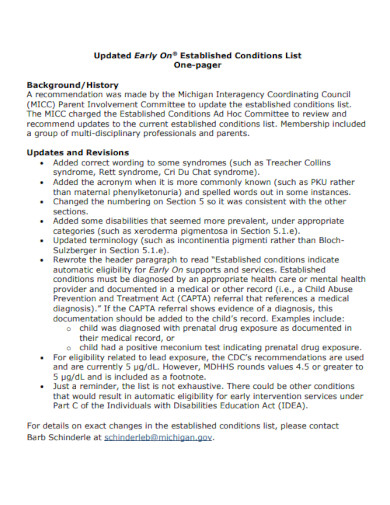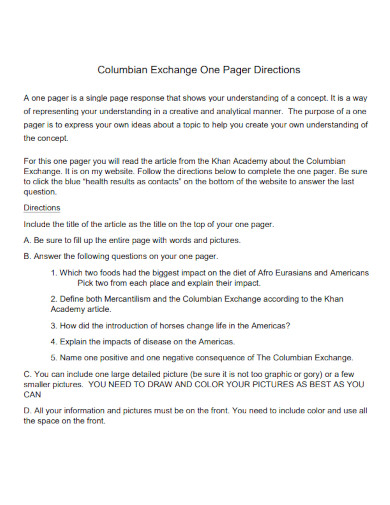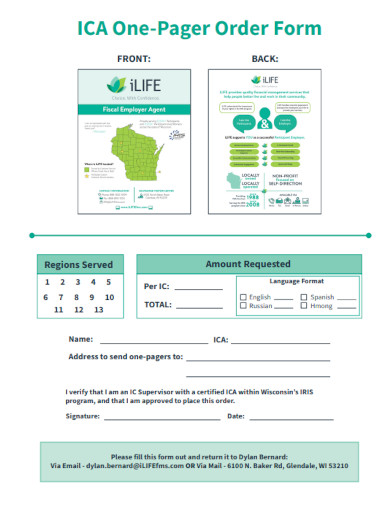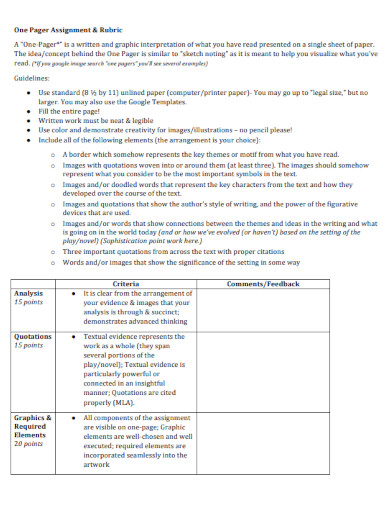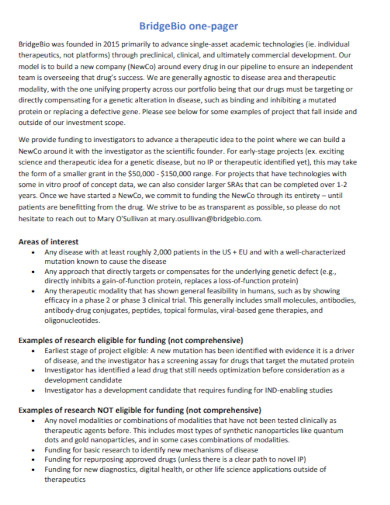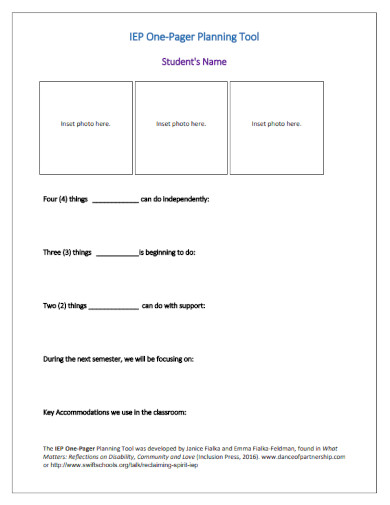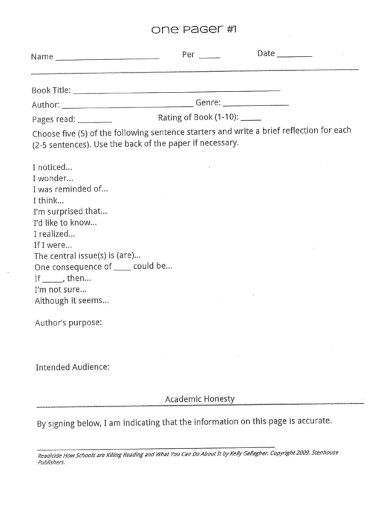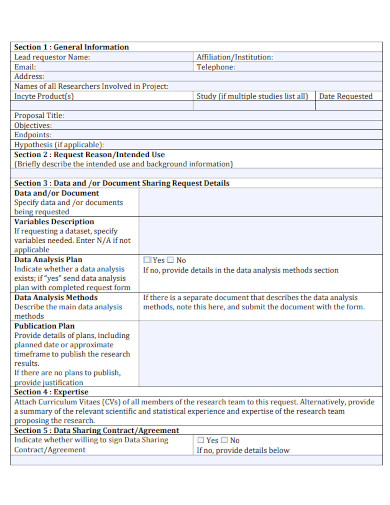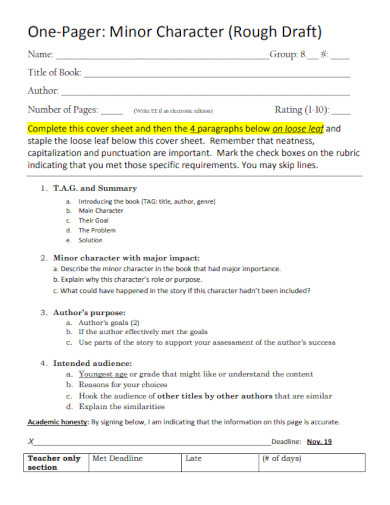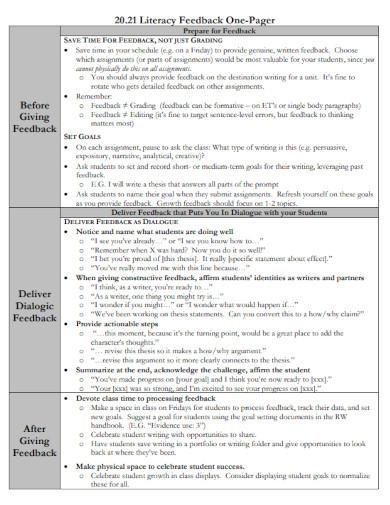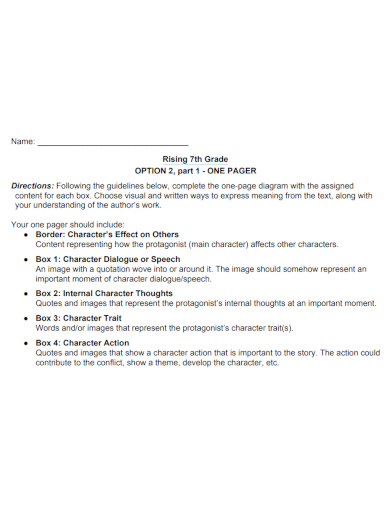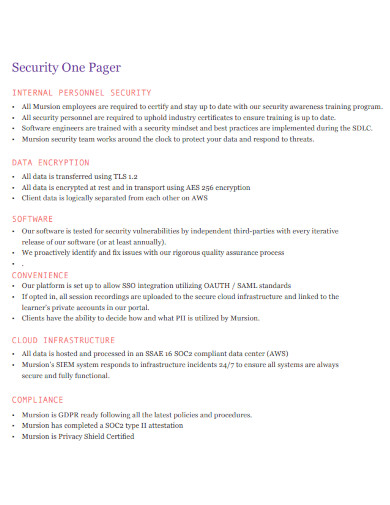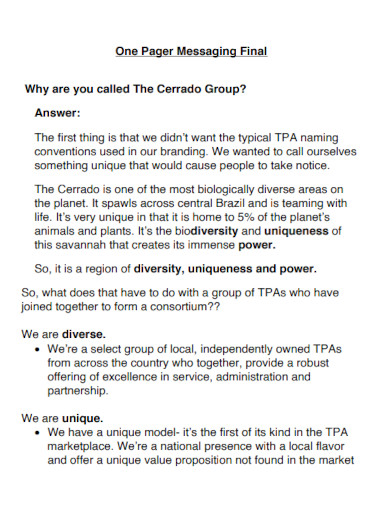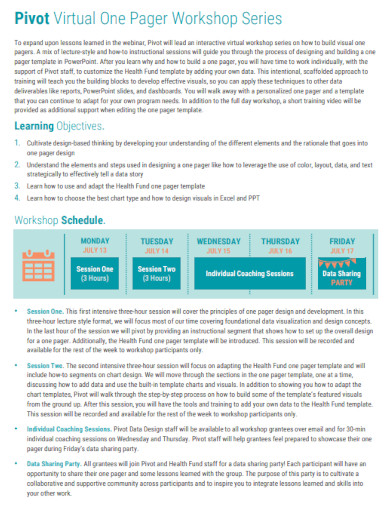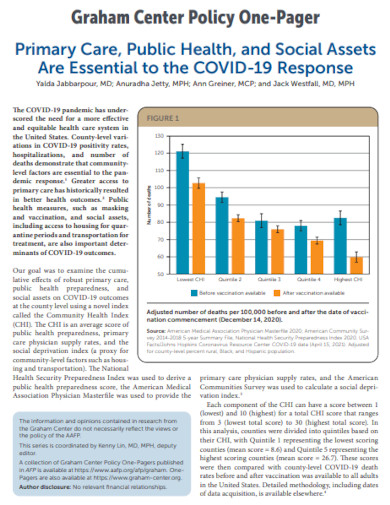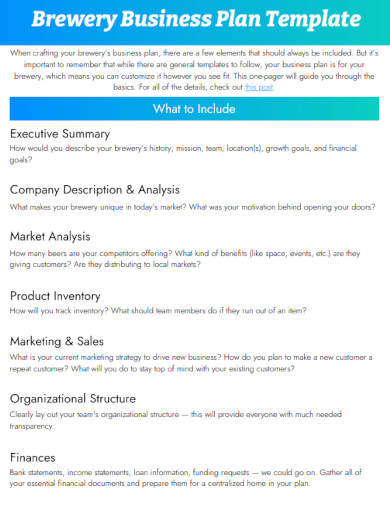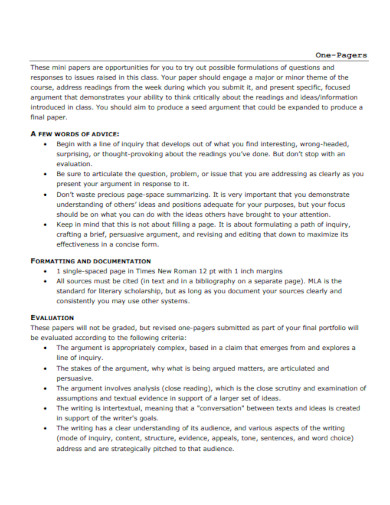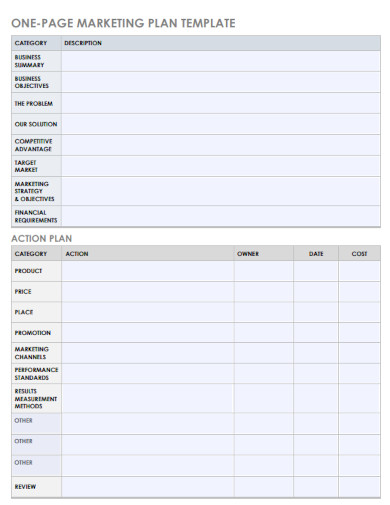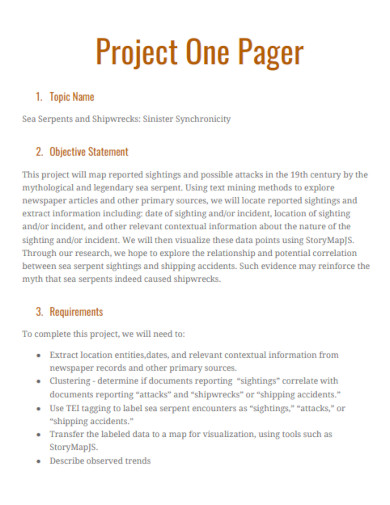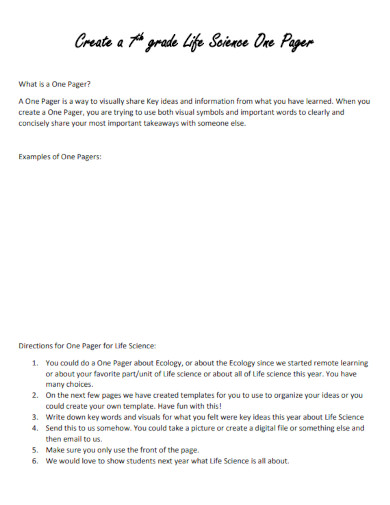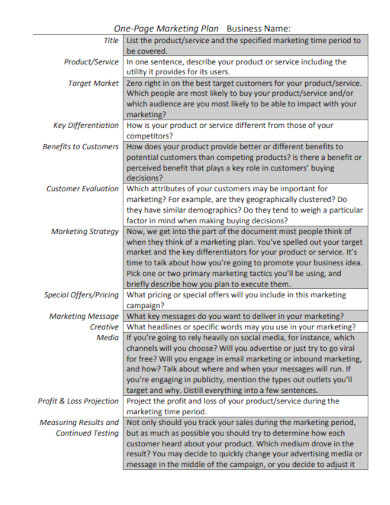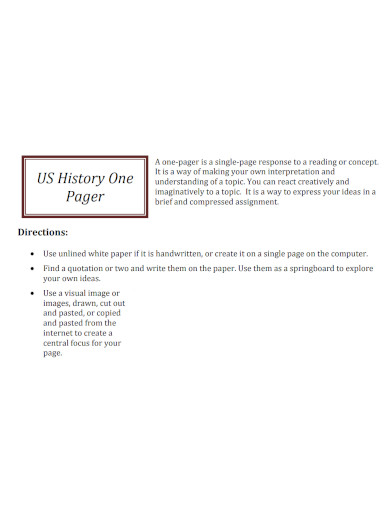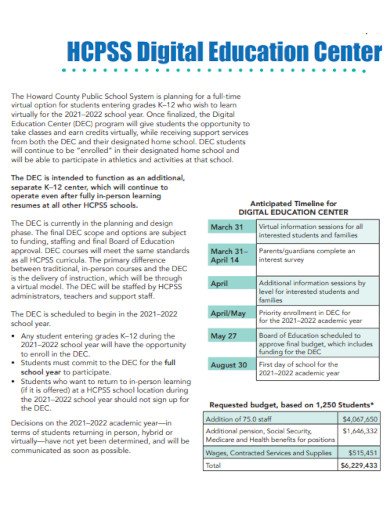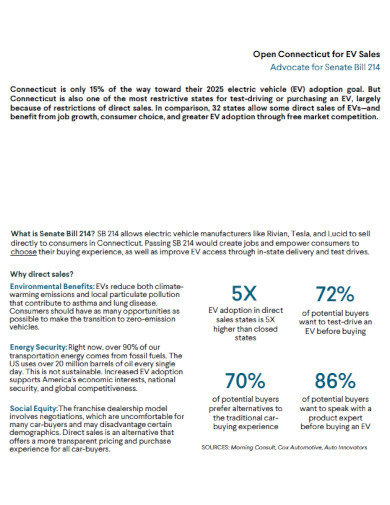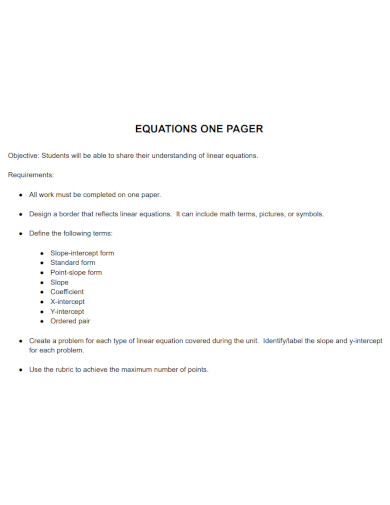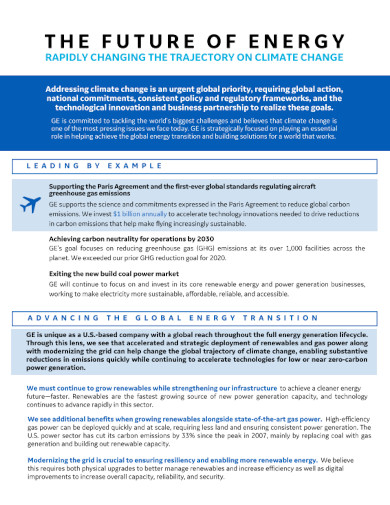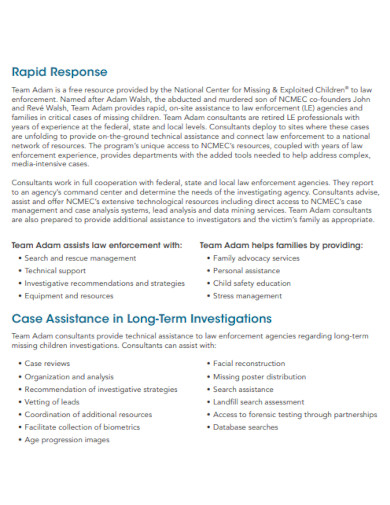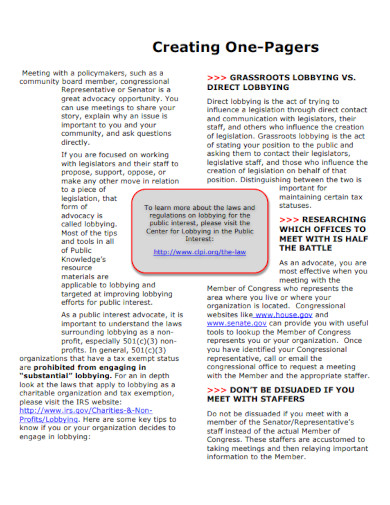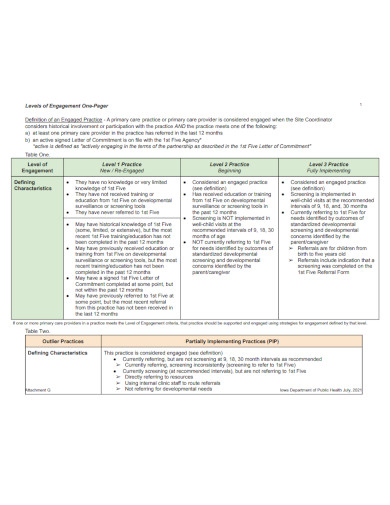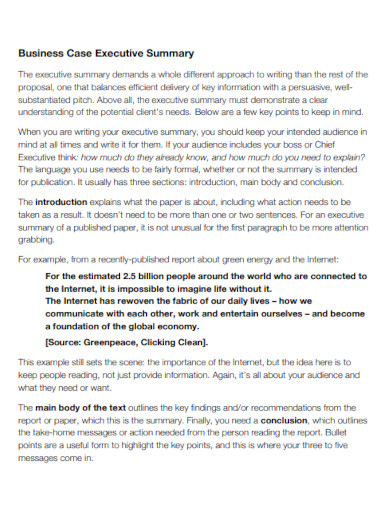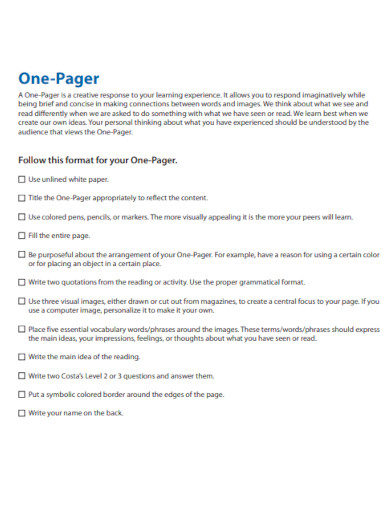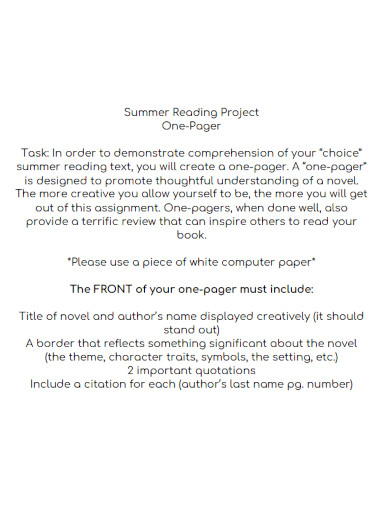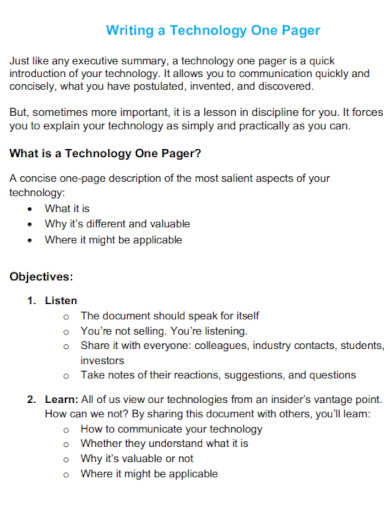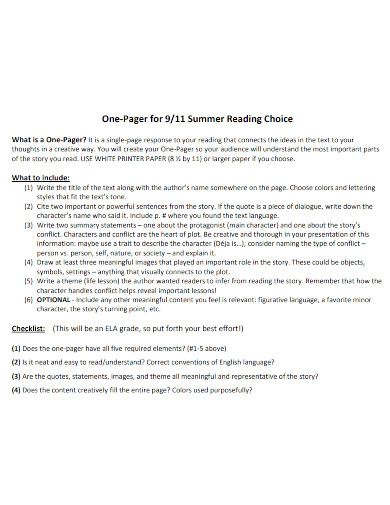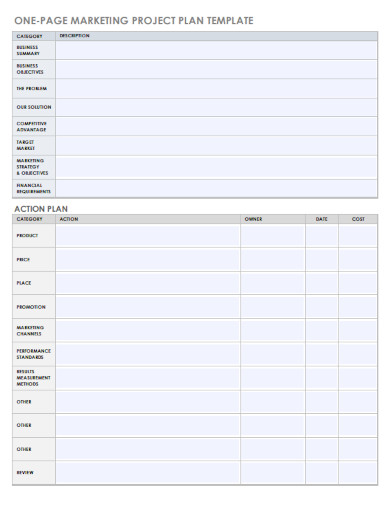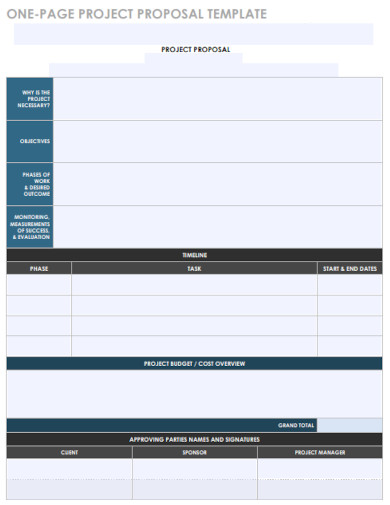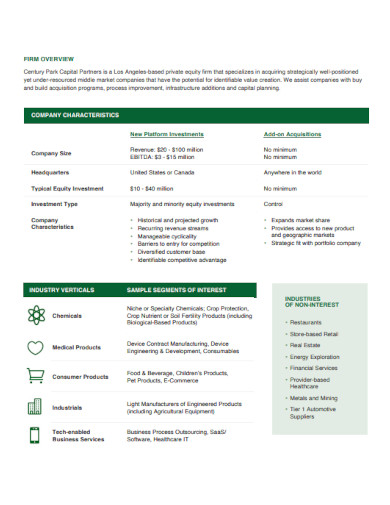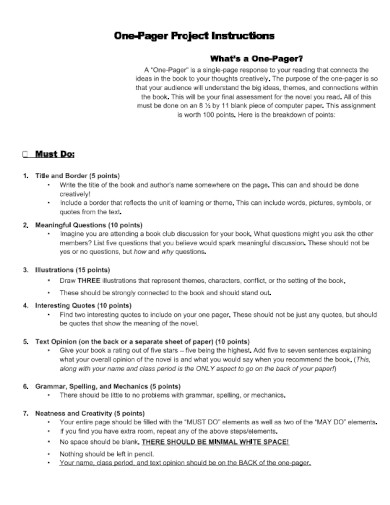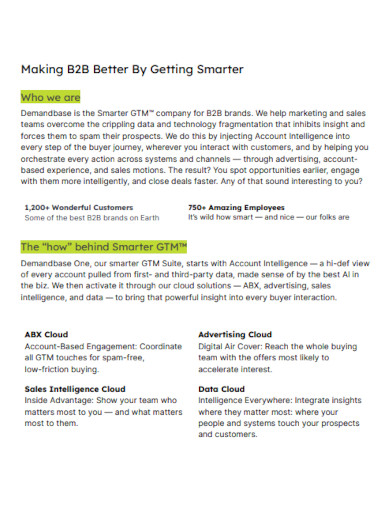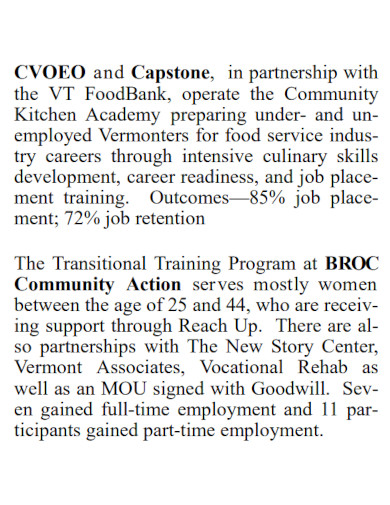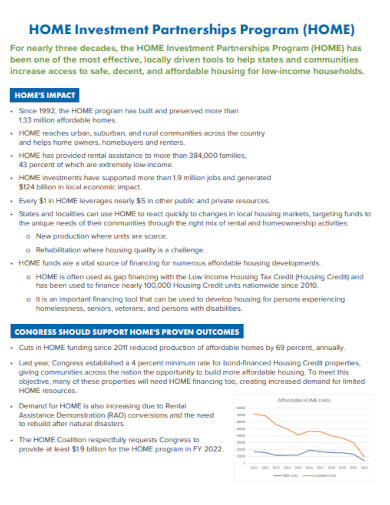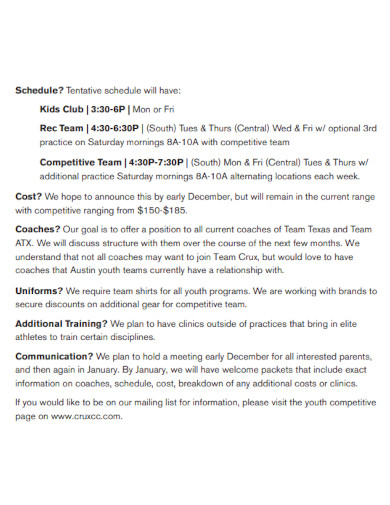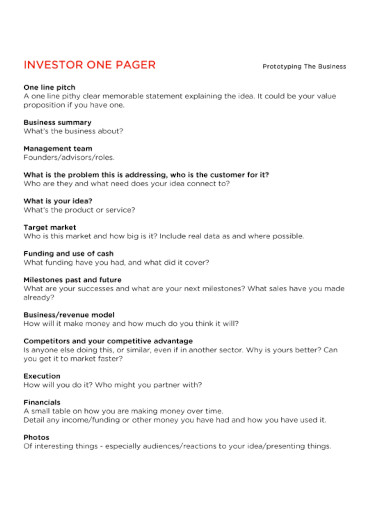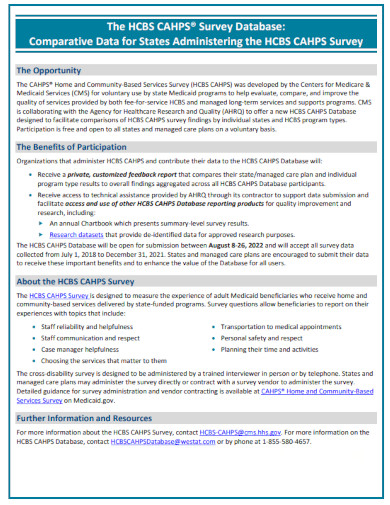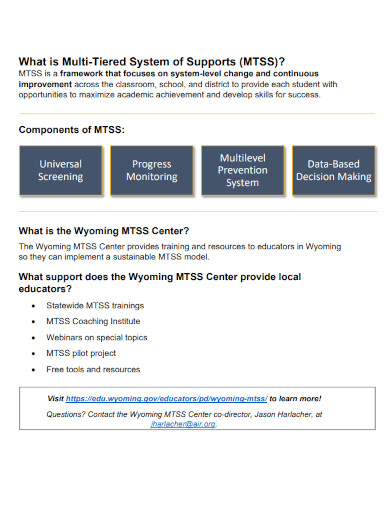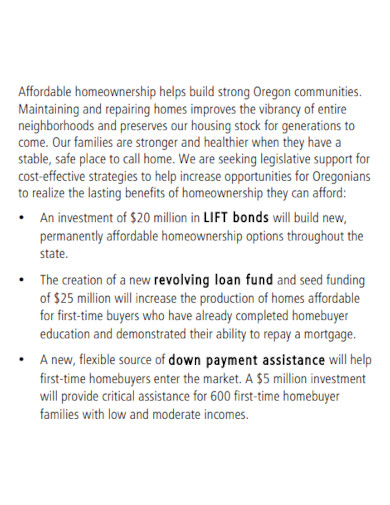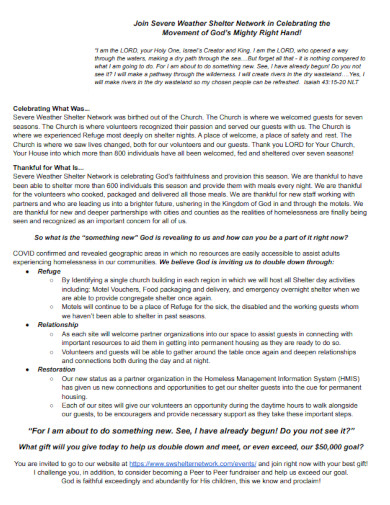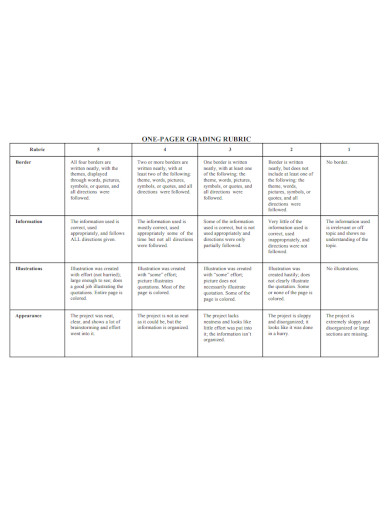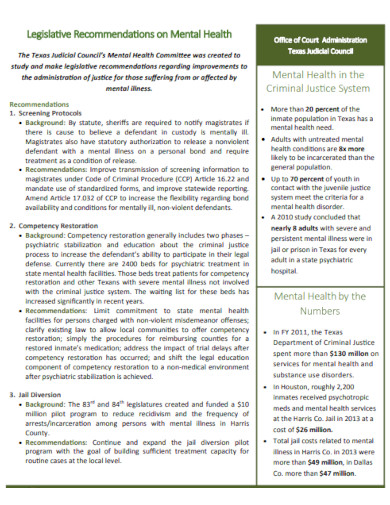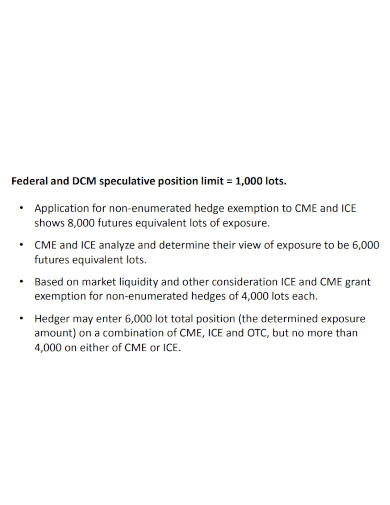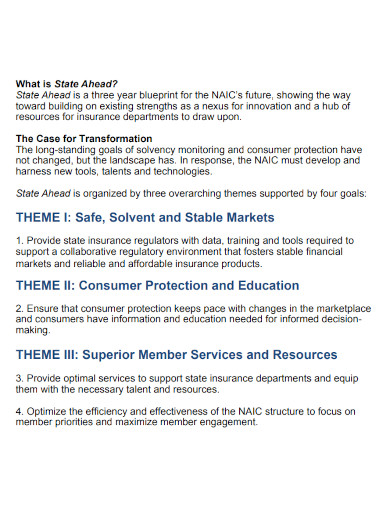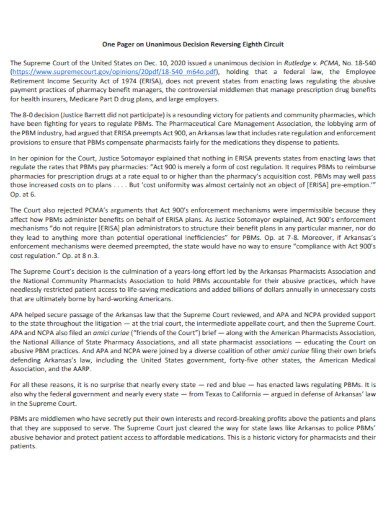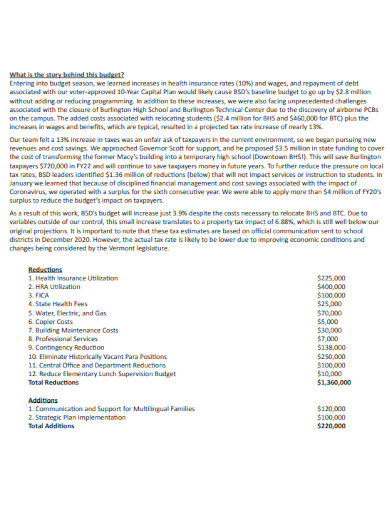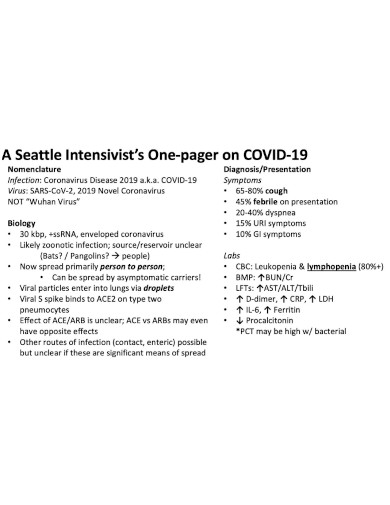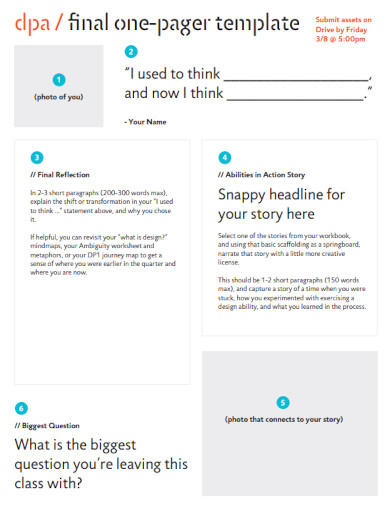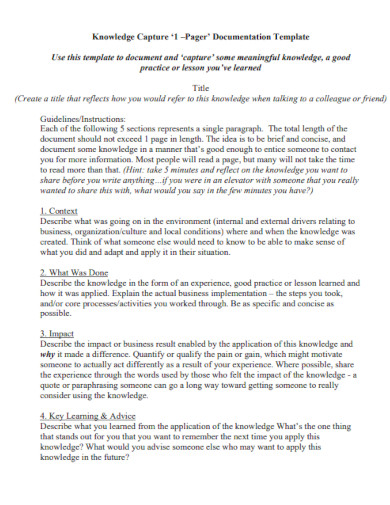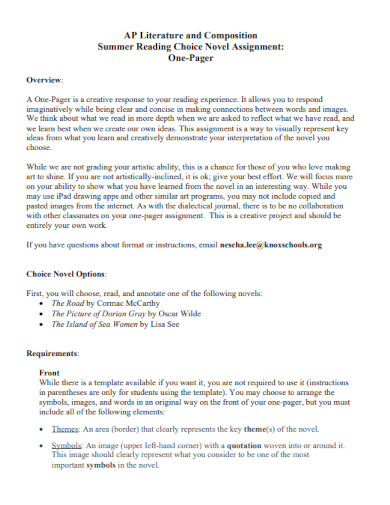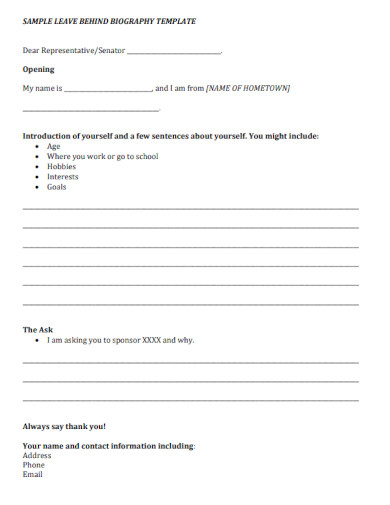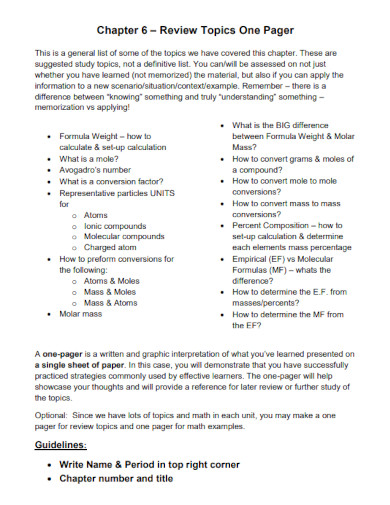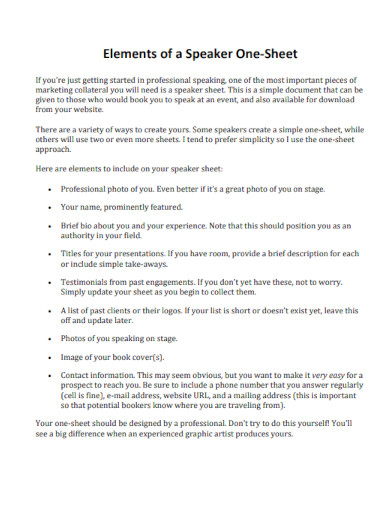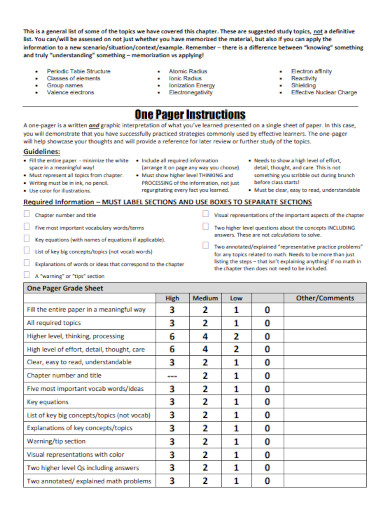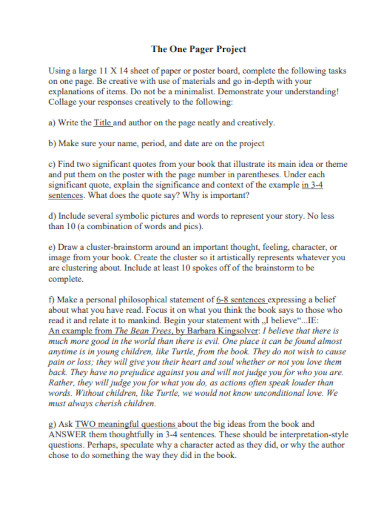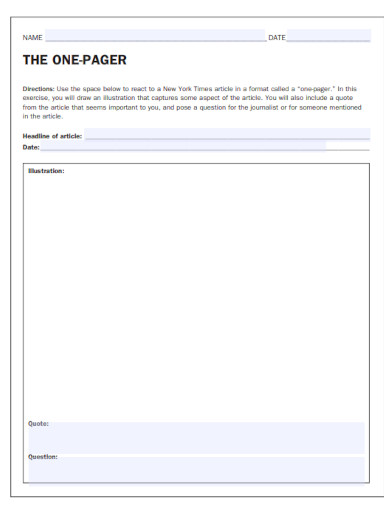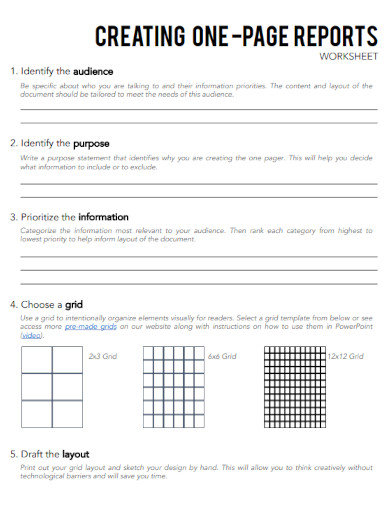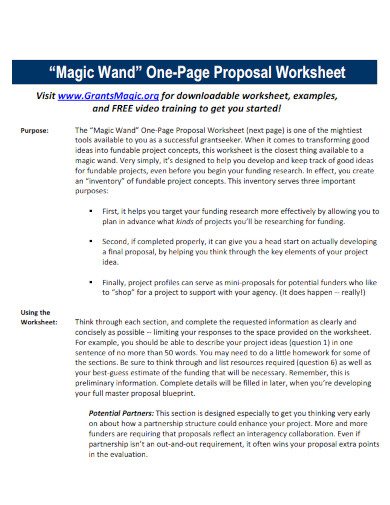89+ One Pager Examples to Download
In the current modern landscape, everything moves at a fast pace. The fast access we have to both data, information, and stimulus has caused a shift in our attention span. This shift has caused most people a downward shift in the length of an average person’s attention span. To keep up with this trend, people have created one-pagers to quickly introduce a topic or subject.
1. One Pager Sample
2. One Pager Directions
3. One Pager Template
4. End of Novel One-Pager
5. The One Pager
6. Creating a One Pager
7. One Pager PDF
8. One Pager Example
9. Scientific Method One Pager
10. One Pager Format
11. About Me One Pager
12. New Deal One-Pager
13. Outline of a Project One Pager
14. One-Pager on “Incitement to Hatred”
15. One Pager Sharing
16. Writing a One Pager
17. One Pager Rubric
18. One-Pager for Volunteers
19. Standard One Pager
20. One Pager Example PDF
21. One Pager Order Form
22. One Pager Assignment
23. Printable One Pager
24. One Pager Planning Tool
25. One Pager
26. Corporate One Pager Template
27. One Pager Minor Character
28. Literacy Feedback One-Pager
29. Rising 7th Grade One Pager
30. Security One Pager
31. One Pager Messaging Final
32. One Pager Workshop Series
33. Graham Center Policy One-Pager
34. Business Plan One Pager
35. One Pager Idea
36. Marketing Plan One Pager
37. Project One Pager
38. Science One Pager
39. Business One Pager
40. Product One Pager
41. Pilot Project One Pager
42. Company One Pager
43. One-Page Business Plan Example
44. History One Pager
45. Digital One Pager
46. Sales One Pager
47. Math One Pager
48. Event One Pager
49. Energy One Pager
50. Team Adam One Pager
51. One Pager Online
52. Levels of Engagement One-Pager
53. Business Case One Pager
54. One Pagers for Students
55. Summer Reading Project One Pagers
56. Technology One Pager
57. Summer Reading One-Pager Example
58. One Page Pager
60. Project Plan One Pager
61. One Pager Project Proposal
62. Investment One Pager
63. One Pager Project Instructions
64. Corporate One Pager
65. Workforce Development One Pager
66. Home One Pager
67. Team One Pager
68. Investor One Pager
69. Database Promotional One Pager
70. One Pager Sample Example
71. Homeownership One Pager
72. One Pager Format
73. One Pager Grading Rubric
74. Mental Health Committee One Pager
75. Committee One Pager Limits
76. State Ahead One Pager
77. One Pager on Decision Reversing Eighth Circuit
78. One Pager Budget
79. One Pager on Covid-19
80. Final One Pager Template
81. One Pager Documentation
82. One Pager Assignment in PDF
83. One Pager Form
84. Review Topics One Pager
85. Elements of a Speaker One-Sheet
86. One Pager Example Template
87. The One Pager Project PDF
88. One Pager Article
89. One Pager Reports
90. One Pager Proposal Worksheets
What Is a One-Pager
The one-pager is a document that concisely and accurately describes a topic or subject on one page, hence the name. One-pagers allow readers to quickly go through its contents, ensuring that the document holds their attention span. People can design the one-pager with various pictures, infographics, images, and symbols to enhance the overall look and design of the one-pager.
How to Make a One-Pager
There are plenty of ways to make, create and design a one-pager. You can create a one-pager with any topic you can think about; for instance, you can make a marketing plan one-pager, a business plan one-pager, or even a one-pager about marine biology. Just note that a one-pager should only have enough information to be covered on one page. If you are still wondering what a one-pager should look like feel free to peruse the one-pager examples and one-pager templates on the list above.
1.) Create an Outline for The One-Pager
Begin by creating an outline of the one-pager. The outline will include the title of the topic, categories, sub-categories, content, and the closing statement of the one-pager. Note that you don’t have to write anything too comprehensive in the outline; you can also opt to create a bulleted list of the content you want to put in the one-pager.
2.) Conceptualize a Theme for The One-Pager
The one-pager will need to have a design and a theme. This design and theme can be either simple or intricate as long as it is related to the subject or topic. Some one-pagers will have pictures, infographics, and images, whilst others will just have colored dividers and lines.
3.) Type or Write Down the One-Pager
You will now need to write down everything you have finalized and written down on your outline. Each category or sub-category should be composed of one to two paragraphs that concisely summarize the information. This is also the part where you will insert any infographics, images, and designs into your one-pager.
4.) Edit the One-Pager
After you have completed writing your one-pager, you will now have to review and edit the content of your one-pager. You can either manually review the one-pager yourself or ask for feedback from a person who knows the subject well enough. The only thing you must ensure is that the information is factually correct and delivered concisely.
FAQs
What is the goal of a one-pager?
The one-pager should be able to produce a concise and accurate depiction of a specific topic or subject. This depiction or description should obtain the attention of the target audience and will entice them to learn more about the specific topic or subject. Thus the overall goal of a one-pager is to grab the attention of the target audience with an apt description of a specific topic.
What is the optimal reading time a one-pager should have?
A one-pager should be comprehensive, concise, and accurate, but most importantly it should be short and can be read in one sitting. One-pagers will usually have around three to six minutes of reading time. Though this reading time will only act as a guideline as there are one-pagers that can take seven or eight minutes of reading time, especially if the subject or topic is fully loaded.
When is the right time to create a one-pager?
It is best to create a one-pager when you want to introduce a person to a specific subject or topic. The one-pager will act as an introduction to the specific subject or topic, as it will explain the overview of said subject or topic. Companies and businesses can use one-pagers to attract the attention of prospective partners and consumers. If you are planning to introduce someone to a subject, topic, company, or business then you should make a one-pager to act as the method to attract the attention of the person.
A one-pager is a fun and convenient way to introduce someone to a specific subject or topic. This is because one-pagers do not rely on keeping the target audience’s attention span for a long time.


